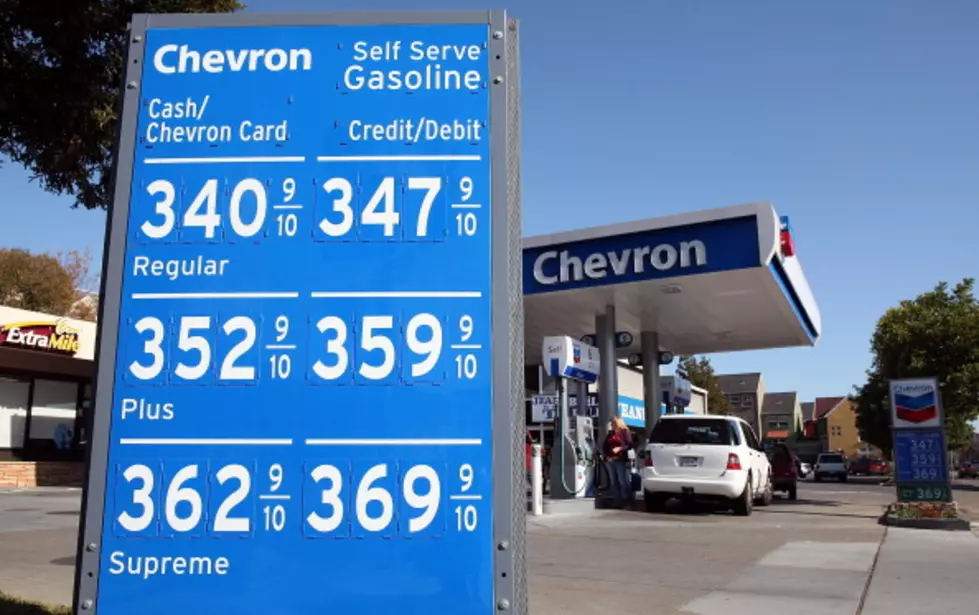
Oil, Gas Prices Continue Their Climb
Back on June 1, July crude futures closed at $91.97/bbl. If you bought in on June 1, it’s been a good month. West Texas Intermediate or WTI, the benchmark for U.S. crude prices, closed for July 22 (September contract) at $106.95. This will almost definitely translate into a higher price at the pump. The national average is up 17 cents since the beginning of July. Sources differ on where the price is headed. Some argue the market is set for a major correction. Others think it has room to grow yet. For the consumer, it’s become business as usual: rob Peter to pay Paul. Those of us here in the heartland have to keep the tanks full to keep working and will have to contend with what the world market hands us, at least for now.
So why the run up in prices in oil futures? Part of the blame goes to the continuing drama in Egypt. Fears over disruptions in the Suez Canal have driven world markets into a near frenzy. About 2.4 million barrels of oil travel through the canal every day, making it one of the most crucial lifelines to that half of the globe. And while Cushing, OK is the hub for U.S. domestic crude, the link in prices for WTI, Brent Crude and the centuries-old tensions of the middle east have Cushing just as jittery at times as anyone depending on the Suez. Just days ago, gasoline demand was trending downward. With high crude supplies at Cushing and demand flat and falling, economics 101 dictates prices should be falling.
What about the speculators, the traders who move the contracts every hour of every day? What's their role? According to Alex Mills, President of the Texas Alliance of Energy Producers, about ’90 percent of all barrels are never actually traded…it’s all paper barrels.’ That is, most of those buying up contracts never, ever take delivery on a single barrel of oil. ‘It’s a commodity, just like natural gas, pork bellies, corn…’, said Mills. Mills says the exact impact these paper trades have is hard to determine, given the size and scope of the world market itself.
The good news in all of this is that a cycle of decline for U.S. crude production appears to be broken. Mills went on to say that ‘The big increase in domestic production…it’s turned around a 20 to 30 year cycle of decline. I didn’t think I’d ever see this happen.’ Energy independence for the U.S. is still the stated goal for many economists, producers and leaders. But Mills says we ‘must have a government that all energy sources, oil, coal, wind and solar, play a role in this independence.’ And that points to an even bigger issue. What is to happen to an economy where the President has flat out stated, in so many words, that he wants to shutter the coal industry? The Keystone Pipeline is partially complete, but vital pieces of that puzzle remain blocked by this administration. It’s one of the keys to making America truly energy independent.
More From Newstalk 1290









